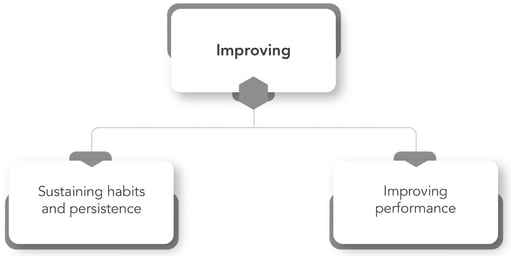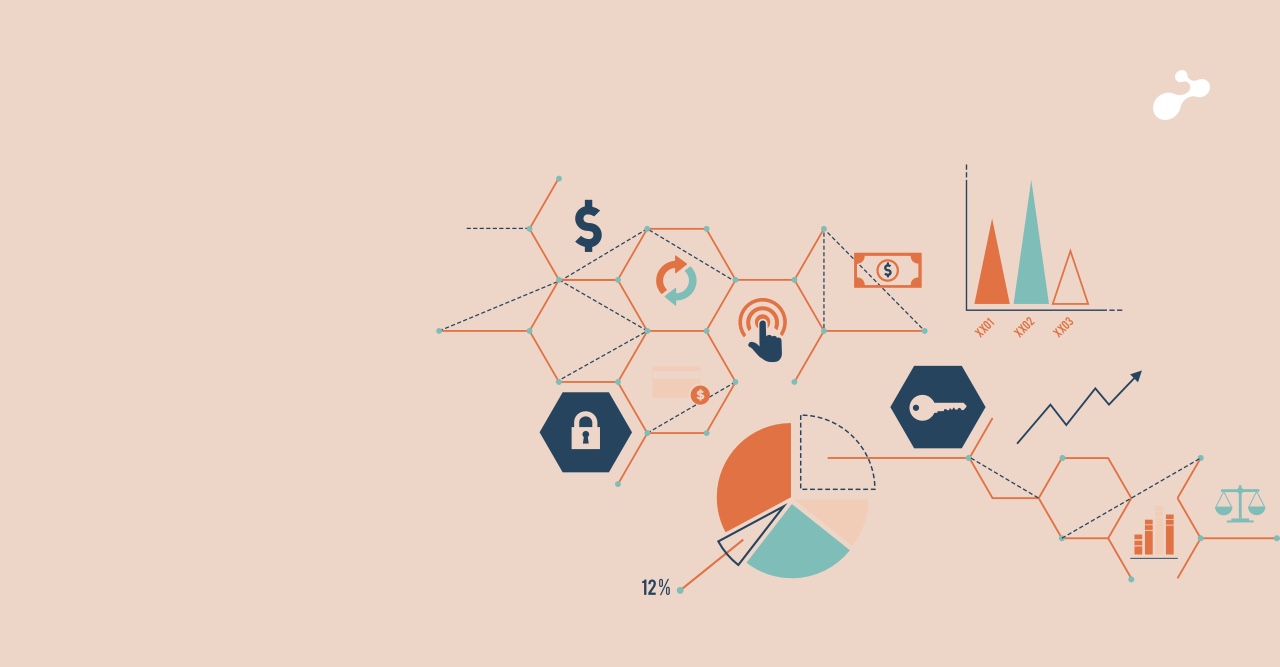The last category of CMMI V 2.0 does not actually need any explanation, however I thought of expressing my thoughts as it is very near and dear to me. All these years of practicing and preaching Anaar philosophy, which is based on Dr. Deming’s teachings, I must say that organizations of the future will be the ones devoted to improvements in everything they do.
Dr. Deming talks about improvement in his two principles out of fourteen for the management of the business. Those are his principle number 1 and principle number 5. I will just mention the statement and avoid going into the details of explaining it.
Principle 1: Create constancy of purpose towards improvement in product and service with the aim to become competitive, to stay in business and to provide jobs.
Principle 5: Improve constantly and forever the system of production and service to improve quality and productivity and thus constantly decrease costs.
In my first blog I explained the structure of CMMI V2.0, the second blog was for explaining the concept of Maturity and the first category “Doing”. My third blog was about the second category “Managing” and the fourth blog was throwing light on category “Enabling”. Let's talk about the last category “Improving”.
In all previous blogs we talked about implementation, managing implementation and supporting implementation, and managing activities. We learn lots of lessons while doing all these activities. Unless all these lessons are not used for the improvements of systems and processes of the organization, the same mistakes will happen and the organization will not evolve to take on challenges of the future.
To carry out these improvements one needs to know the current status of performance. It is important to analyze this performance vis-a-vis business goals of the organization. If there is a gap, process improvement activities need to be undertaken to bridge these gaps.
In my opinion performance measures for processes should be captured in following categories and improvements must be undertaken whenever we find a noncompliance in measures identified and defined. Those categories are as follows:
Internal customer expectations: Identify internal customers of the process. Capture their expectations from the process. Apply your mind to identify parameters for objectively measuring these expectations. Collect data. Find gaps based on the data and initiate improvement actions to improve the process.
Management expectations: Identify what management is expecting from this process. Are some of the expectations addressing business goals of the organization? If yes, prioritize them. Apply your mind to identify parameters for objectively measuring these expectations. Collect data. Find gaps based on the data and initiate improvement actions to improve the process.
External customer expectations: Identify external customers of the process. For some processes they can be statutory and regulatory bodies or international standard compliance requirements as well. Capture their expectations from the process. Apply your mind to identify parameters for objectively measuring these expectations. Collect data. Find gaps based on the data and initiate improvement actions to improve the process.
CMMI model explains this beautifully through graphics:

The most important thing I learnt over all these years is having a common purpose for teams to work together. Organizational goals are one of the common purposes for everyone to work unidirectionally in various teams.
Architecture of the Improving category is as follows:
 One will notice that one capability area under ‘Improving’ Category is “Sustaining Habits and Persistence”. In my opinion this is very important. If the activities that you do (processes) are not followed persistently and converted into habits for everyone in the organization, it will be difficult to survive and excel in the cut-throat competition. Following established processes and not taking shortcuts must be second nature for everyone.
One will notice that one capability area under ‘Improving’ Category is “Sustaining Habits and Persistence”. In my opinion this is very important. If the activities that you do (processes) are not followed persistently and converted into habits for everyone in the organization, it will be difficult to survive and excel in the cut-throat competition. Following established processes and not taking shortcuts must be second nature for everyone.
Also, activities we do (processes) need to be improved on a continual basis as business scenarios change. Scenarios consisting of competition, customer expectations, people in the organization, regulations, technology, compliance requirements to international standards etc. change. Based on the inputs received through all these changes one needs to strategize and implement improvement initiatives in the organization for the consistent best results.
CMMI has clearly mentioned a detailed methodology in the ‘Governance’ practice area under ‘Sustaining Habits and Persistence’ capability area, to carry out improvements for achieving the organization's objectives. It is now the obligation of the organizational leadership and entire staff to comply with these requirements. In my opinion, organizations using ‘Anaar Strategy Integration Process’ for identifying their business objectives, approaches to achieve them by improving processes, review and monitor them on a regular basis and use statistical methods to evaluate effectiveness of these improvements can easily meet all the requirements of the new Model.
Tracking, monitoring and improving the performance is mandatory for every organization. ‘Status Quo’ mindset will hamper organization’s growth and it will not be competitive globally.
More details to come in my next blogs when I will start dwelling upon each practice areas and practices in detail, one by one.




